After Earthquake, Millions in Japan Without Water—Extent of Damage to Water Infrastructure Unknown
Myriad obstacles, from roads to snow to a nuclear crisis, hamstring rescue and recovery missions.
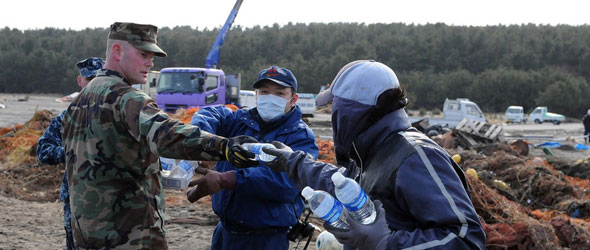
Six days into the worst natural disaster in modern Japanese history, millions of people still lack drinking water as relief efforts are hampered by fuel and water supply shortages, the ongoing nuclear crisis, mangled roads, and extraordinarily cold weather.
According to the Ministry of Health, Labor, and Welfare, 1.6 million households in 11 prefectures do not have drinking water. Other government sources estimate that as many as 2.5 million households could be affected. The ministry is distributing bottled water and is sending hundreds of water supply vehicles to the three prefectures—Miyagi, Fukushima, and Iwate—that took the barrel end of the twin catastrophes.
Not only were pipes and treatment plants destroyed by Friday’s 9.0 magnitude earthquake and subsequent tsunami, but otherwise functioning systems have been rendered inert because there is no electricity to run the pumps.
The Japanese government has mobilized 100,000 troops to assist the recovery. To date, search and rescue operations have saved more than 22,000 people.
The National Police Agency has confirmed 5,178 deaths as of March 17, according to the United Nations humanitarian office. Nearly 9,000 are officially listed as “missing.” Both numbers are expected to rise as relief workers gain access to the hardest-hit coastal areas.
South Korea will send 100 tons of water if transport logistics can be worked out, according to the Korea Times. The U.S. Navy is using 14 ships and their aircraft, plus 17,000 sailors and Marines, to assist the relief effort, according to the Department of Defense. More than 100 countries offered manpower, financial assistance, and supplies.
Aid agencies are finding it difficult to procure supplies and reach dislocated people who are not among the 430,000 already in emergency shelters. Some in the shelters, especially the elderly, are becoming sick with diarrhea because of inadequate water and sanitation, according to the U.N.
Unsure of what it will find, CARE Japan, a non-governmental aid group, is sending a three-vehicle convoy into Kamaishi city in Iwate Prefecture, northwest of the earthquake’s epicenter.
“The situation is changing daily. It is very difficult to receive accurate information. Once in Kamaishi we will assess the situation to determine how best CARE can scale up our response,” said Katsuhiko Takeda, the national director of CARE Japan, in a press release.
Japan’s Ministry of Foreign Affairs said that it does not need material assistance beyond what has been provided, and financial contributions are preferred since money can be directed to areas with the greatest need.
It will take weeks to put a figure on the damage to water and sanitation infrastructure in northeastern Japan.
A press officer with the American Society of Civil Engineers told Circle of Blue it was too early in the recovery cycle to know the extent of the damage and the cost of repair. Like it has done after earthquakes in Chile, Haiti, and New Zealand over the past year, the ASCE will send engineer teams in the next few weeks to help the Japanese government assess water and sewer systems.
Source: Kyodo, ReliefWeb, CARE Japan, Korea Times, U.S. Department of Defense
For the latest information about recovery efforts, ReliefWeb posts updates several times daily from the Japanese government, aid agencies, and news organizations.
Brett writes about agriculture, energy, infrastructure, and the politics and economics of water in the United States. He also writes the Federal Water Tap, Circle of Blue’s weekly digest of U.S. government water news. He is the winner of two Society of Environmental Journalists reporting awards, one of the top honors in American environmental journalism: first place for explanatory reporting for a series on septic system pollution in the United States(2016) and third place for beat reporting in a small market (2014). He received the Sierra Club’s Distinguished Service Award in 2018. Brett lives in Seattle, where he hikes the mountains and bakes pies. Contact Brett Walton


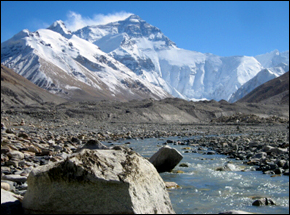
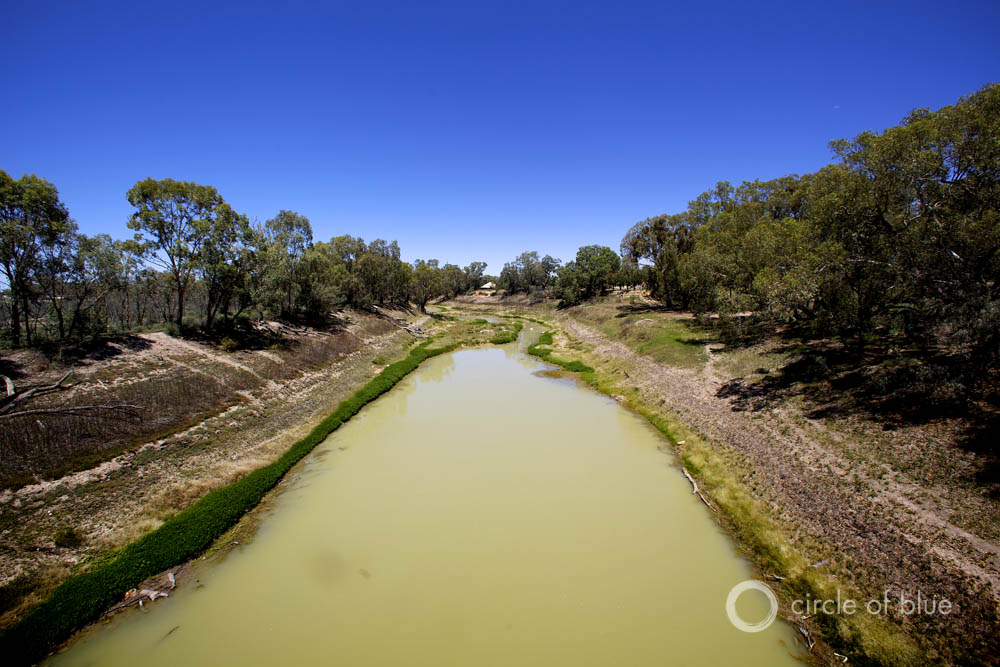
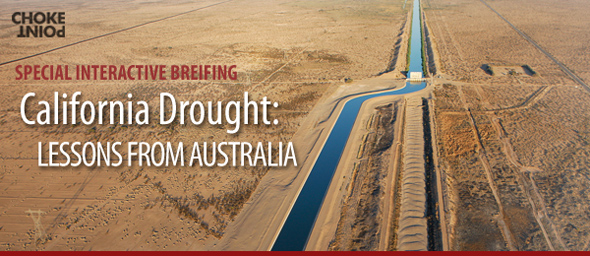
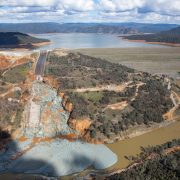
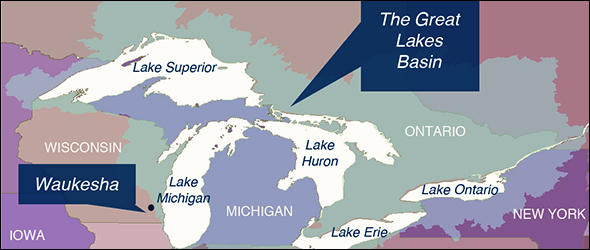

CONSIDERING THE FACT THAT JAPAN WAS IN THE MIST OF UP DATING THEIR WATER INFRASTRUCTURE,IT WILL TAKE TIME TO GET A HANDLE ON THE AMOUNT OF DAMAGE DONE TO THEIR SYSTEM!!! A LOT OF THEIR SYSTEM HAD NOT BEEN UP GRADED IN MANY YEARS,SO IT WOULD WISE TO BELIEVE THAT MOST OF THE SYSTEM WILL NEED TO BE REPLACED!!! WE CAN ONLY HOPE THAT IN TIME, AND WITH GOD’S GRACE,AND THE HELP OF THE OTHER COUNTRIES THAT WE CAN HAVE THEM BACK TO NORMAL AS SOON AS POSSIBLE!!
Why transport 100 tons of water when you can purify the water in the country. I work for EDGE OUTREACH and we use a purifier that can purify 10,000 gallons per day (55gal/min) with only a handful of salt, a car battery, and the water available.
http://www.youtube.com/user/edgeoutreach
Yes, I have read somewhere recently that the Japanese recovery from this disaster will take from 5 up to 8 years. I hope that they can sort out everything earlier then that. Obviously international help is needed because of its enormous impact on their land. They have to think also to avoid something like that could never happen again in such dimensions.